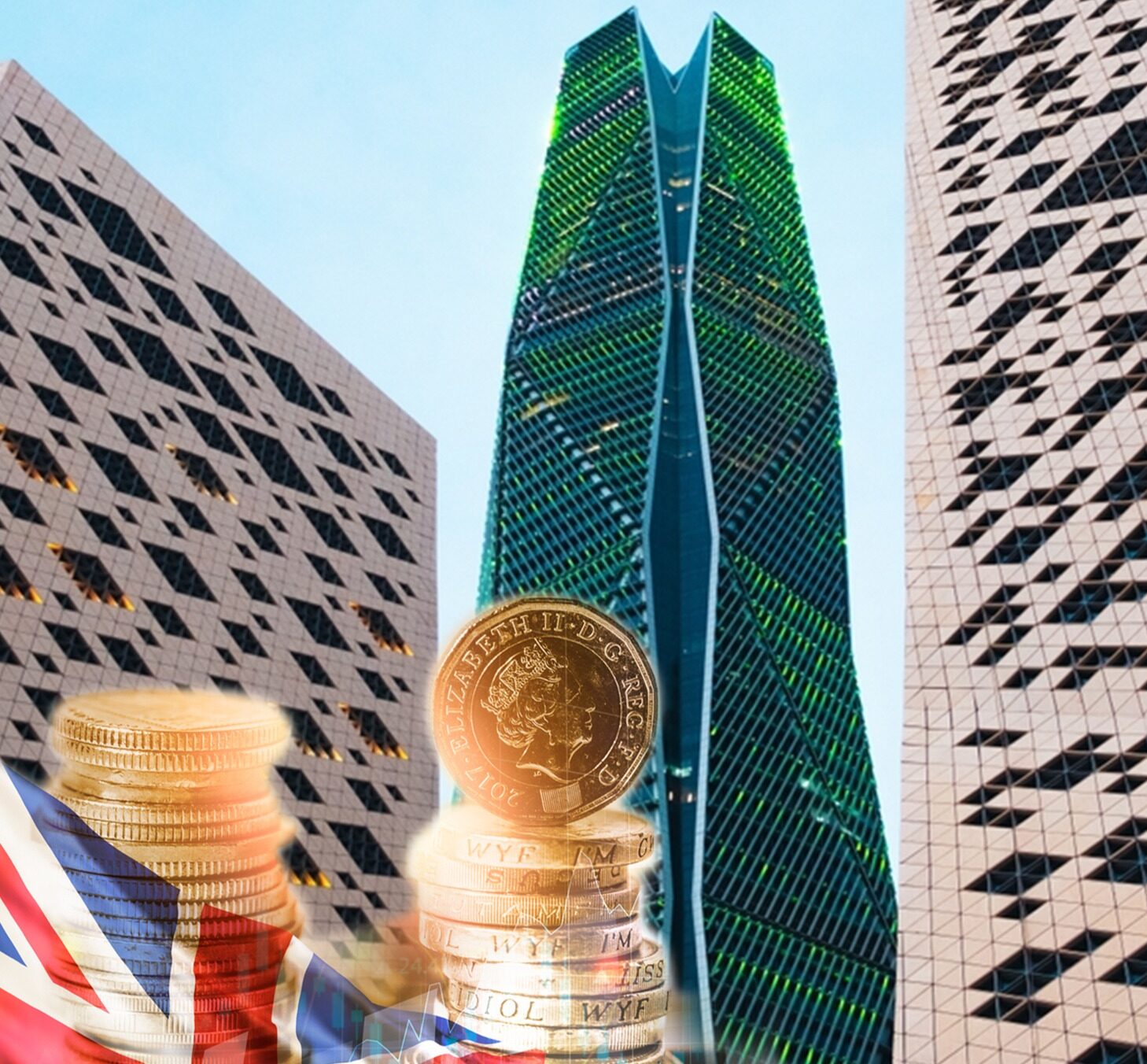
Economic Outlook of MENA Region
The macroeconomic backdrop will be supportive of FDI inflows for most major economies in the MENA region.
According to the Economist Intelligence Unit, more than half of the countries in the region are expected to achieve average economic growth rates of above 3% for 2023 and 2024, including Turkey, Egypt, Morocco, Qatar and the UAE; Saudi Arabia will to achieve more modest growth (2.4%), but this follows a world-leading growth performance in 2022 of 8.7%. In addition, most countries in the MENA region will continue to have relatively low rates of inflation and stable exchange rates—most notably the GCC states—which are conducive to a welcoming investment environment.
